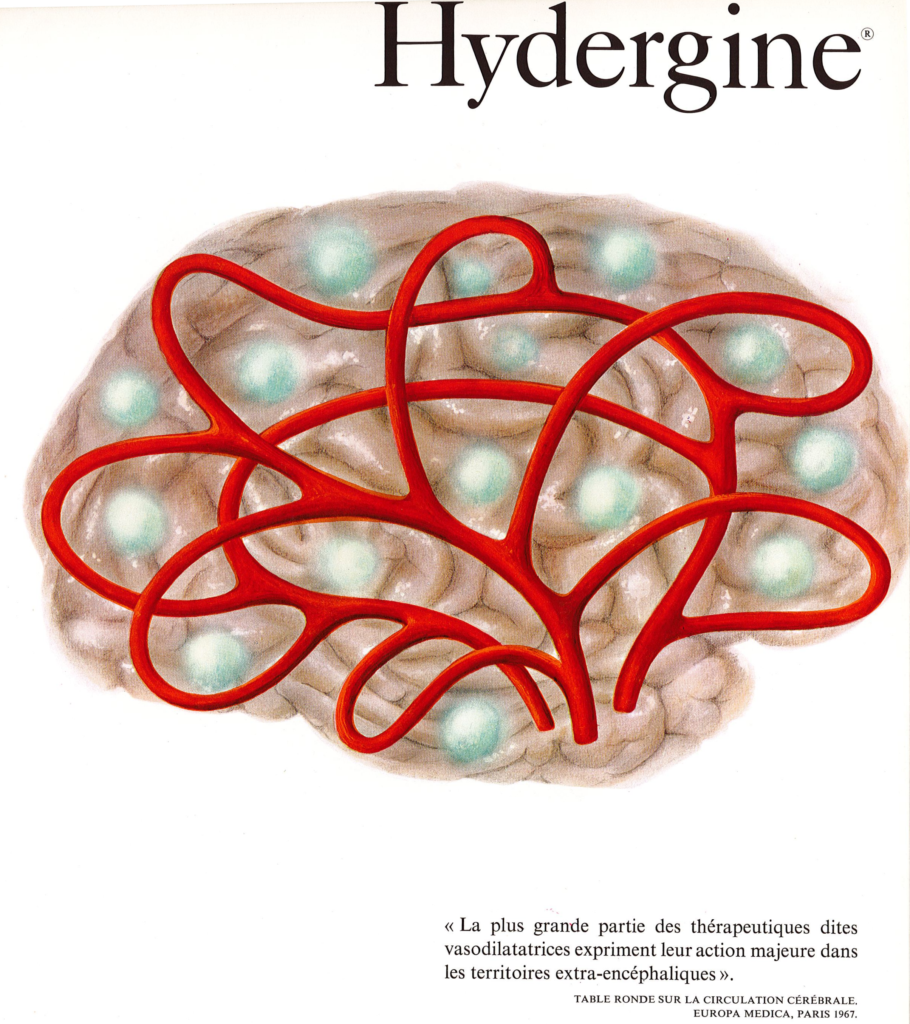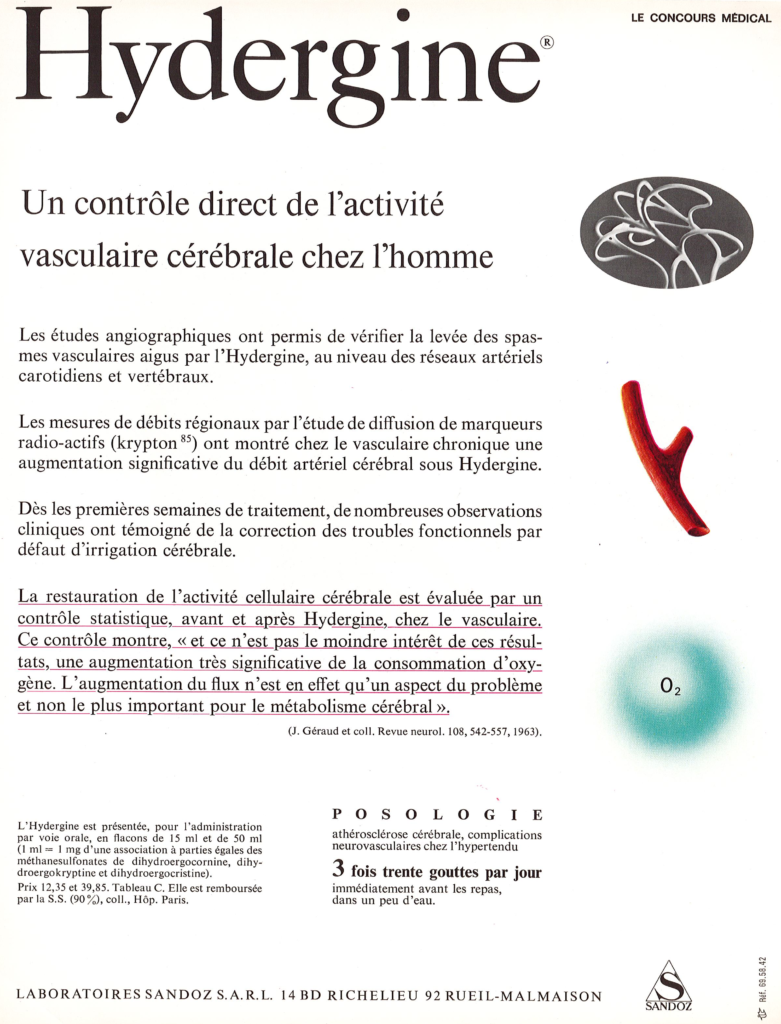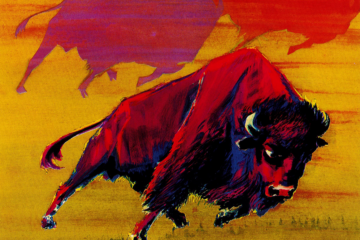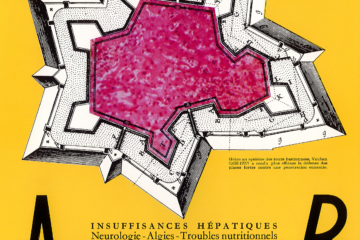
Hydergine is a combination of dihydro-derivatives of ergotoxine, referred to as ergoloids. The drug was used to control the brain vascular activity, enhancing the vascular flow in the brain after cerebral atherosclerosis or after neurovascular damages. It has been used for a long time, to treat cerebral insufficiency and thrombembolic stroke (aid in recovery after a stroke). In fact, Hydergine functions by modulating the synaptic neurotransmission rather than solely increasing the blood flow as initially thought. The drug was used orally (liquid drops in water).
Today the (occasional) use of Hydergine is limited to the treatment of specific mental diseases. Ergoloids have been used to treat dementing disorders, in particular vascular dementia which is a consequence of ischemic insults such as hemorrhage and hypoperfusion that trigger neurodegeneration by depriving nerve cells of oxygen and glucose. But there is apparently limited evidence of a major benefit with the drug. Hydergine has been used to treat Alzheimer’s dementia, with a limited success as well.
Dihydroergotoxine (in fact a mixture of semi-synthetic ergot alkaloids) is an α-adrenergic blocking agent also used to treat sialorrhea in patients with Parkinson’s disease. Dihydroergocryptine is considered an effective medication for migraine prophylaxis.
The active ingredients are three dihydrogenated ergot alkaloids with the same core structure. Ergot is the dried sclerotium of the fungus Clavicepspurpurea, known for ages because it can attack rye and infect wild and cultivated cereals (barley, wheat, oats).




